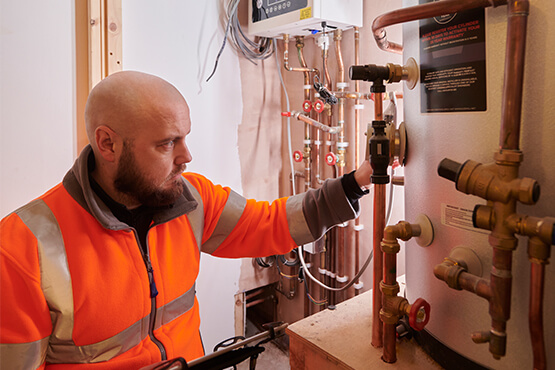Warranty and indemnity insurance
Warranty and indemnity (W&I) insurance is designed to protect parties in an M&A transaction from financial loss arising from breaches of warranties or representations made during a sale. It can also cover some indemnities provided by the seller to the buyer under a sale and purchase agreement (SPA) but this is fact dependent.
W&I insurance is viewed positively by 78% of respondents overall, with significantly higher adoption in Ireland (94%) compared to the UK (76%). However, adoption varies considerably by sector, reflecting different transaction protection needs.
Food and drink manufacturers are the most enthusiastic, with 88% viewing W&I insurance as beneficial. Fashion and beauty firms, as well as technology corporates, show similar positivity (78%), while 74% of real estate and construction respondents also see it as a helpful tool. By contrast, the energy, infrastructure and data centre construction sector is more sceptical: 66% view W&I insurance positively, but 24% actively disagree with its benefits.
Ireland’s high rate of support (94%) likely reflects the recent acceleration of its M&A market. Previously considered a ‘nice to have’, W&I insurance is now seen as a priority, particularly in growth-focused transactions.
Gavin Cummings, Corporate Partner and Co-head of Corporates Strategy at Browne Jacobson, comments:
“As deal dynamics become increasingly complex, particularly in cross-border transactions, W&I insurance has shifted from a ‘nice to have’ to a critical tool for protecting deal value and smoothing negotiations.
“Our clients increasingly view W&I insurance as essential for bridging risk between buyers and sellers—especially where sellers seek a clean exit, or buyers want reassurance against unexpected post-closing liabilities. W&I has been commonplace in financial sponsor transactions for some time but is now also much more prevalent in trade deals.
“The overwhelming support for W&I insurance in Ireland highlights a maturing market, where these protections are no longer optional, but integral to deal strategy.”
Global sources of investment: Europe and India
Europe remains the UK’s primary source of inward investment, cited by 54% of respondents, followed by Asia at 34%. Recent announcements reinforce this trend: French energy giant EDF has pledged £20 billion to UK nuclear development, while German logistics firm DHL is investing £500 million in network expansion.
Within Asia, India continues to emerge as a key player. Indian firms have invested over £100 million into UK sectors including artificial intelligence, professional services, and textiles—investments expected to create hundreds of new jobs in the next three years. India has ranked as the UK’s second-largest investor (by number of projects) for five consecutive years.
The anticipated UK-India free trade agreement is expected to accelerate this momentum by reducing tariffs and simplifying market access. Legal frameworks that support fast-growing sectors will be essential for maintaining investor confidence and deal flow.
Thoughts from Ed Wesson, Partner at Bishopsgate Corporate Finance
"We expect Foreign Direct Investment M&A activity to continue to increase in the coming year, despite an undercurrent of socio-economic challenges and geo-political uncertainty. There are several reasons for this, the first being interest rates becoming more favourable for deal financing. We are moving away from the uncertainty of rapid rate hikes toward a more predictable, though still elevated, rate environment. This stability allows dealmakers to price transactions more confidently, even if borrowing costs remain higher than the ultra-low rates of previous years.
“The second is the large quantity of Private Equity capital ready to be deployed. Due to the uncertainty of 2024 a number of PE firms are struggling to invest their war chest quickly enough with the increased levels of due diligence. There is a demand for ultra-high-quality assets from PE and this has created substantial competitive interest for such assets which is sustaining a buoyant market in certain sectors.
“Finally, the UK remains great value for international investors and the level of appetite from overseas acquirors has remained consistent. We are seeing especially high levels of interest from investors in both Europe and the US but we have increasingly found that the transaction structures from these regions are becoming more complicated in both trade and PE deals. Sectors that are in particular demand include software and technology, healthcare, defence and security and professional services."
Contents
- Investing in the UK and Ireland
- Inward investment in the UK and Ireland in 2025: The big picture
- 1. The big picture: Expectations for inward investment and inbound M&A in 2025
- 2. Challenges and risks: Barriers to inbound M&A in the UK and Ireland
- 3. Geographical investment trends in UK and Ireland inbound M&A
- 4. Ireland: The gateway to Europe expects upward trend to continue with increased M&A in 2025
- 5. Shaping the future: The impact of AI and access to IP on the inward investment and inbound M&A
- Conclusion: Inward investment in the UK and Ireland in 2025
Contact

Gavin Cummings
Partner
gavin.cummings@brownejacobson.com
+44 (0)115 976 6157









































